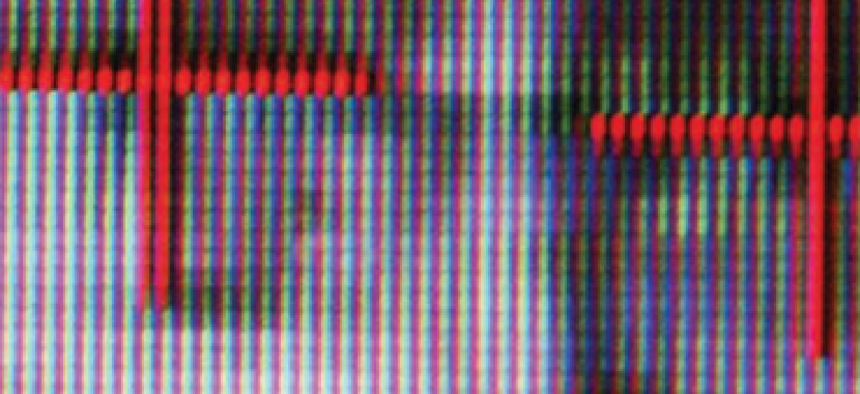Details emerge on scope of FBI's identification system

The next-generation database will contain as many as 52 million facial images, including millions taken for non-criminal investigations.

By the end of next year, the FBI's Next Generation Identification system will contain as many as 52 million searchable facial images and offer new ways to link images to other data, according to documents made available by the agency in response to a Freedom of Information Act request.
Details of how FBI's NGI system will sift through databases were included in documents requested by the Electronic Frontier Foundation under FOIA. The organization has voiced concerns that NGI takes big-data capabilities too far by connecting palm print and iris recognition capabilities to fingerprints, facial images and biographical information. NGI also links criminal and non-criminal databases for the first time.
In an April 14 post on EFF's website, Staff Attorney Jennifer Lynch said NGI builds on the FBI's existing Integrated Automated Fingerprint Identification System, which already contains more than 100 million individual records. According to Lynch, NGI has been designed to include multiple forms of biometric data that are, in turn, linked to personal and biographical information such as name, home address, ID number, immigration status, age and race.
In a Feb. 6 memo from the NGI program office to law enforcement agencies, FBI officials outlined some of the system's data-crunching capabilities. A Universal Control Number will index and reference criminal and civil subjects by fingerprint-based identities. According to the memo, the UCN will also play a role in a new Identity History Summary, which is essentially an electronic "rap sheet." The summary "will provide complete identity history, in accordance with NGI business rules, to authorized users of the NGI system."
The FBI has projected that by 2015, the NGI database will contain 4.3 million images taken for non-criminal purposes. When commercial jobs require fingerprinting or background checks, the prints are sent to the FBI and stored in its civil print database. Before NGI, however, Lynch said the agency did not collect photographs along with those fingerprints.
Furthermore, the FBI has not previously linked its criminal and non-criminal databases. But with NGI, every record will have a UCN and every search will be run against all records in the database, she added.
Also, a new "biometric set identifier" field on the Identity History Summary will provide pointers for all biometric types associated with an identity search. And a new "event identifier" field will be used to identify specific biometric enrollments.





